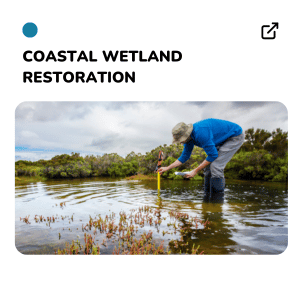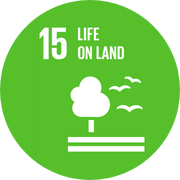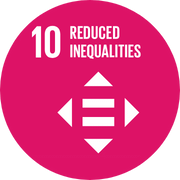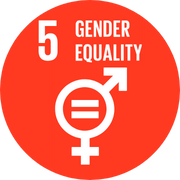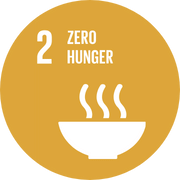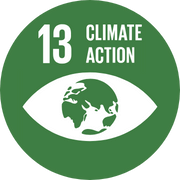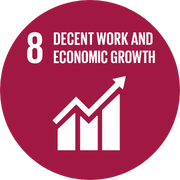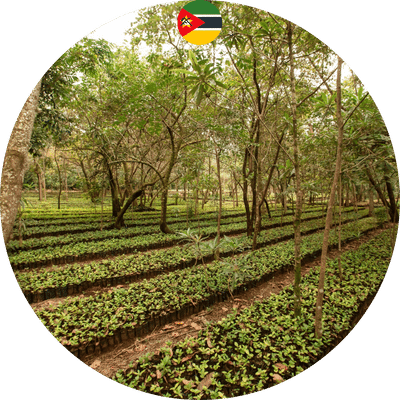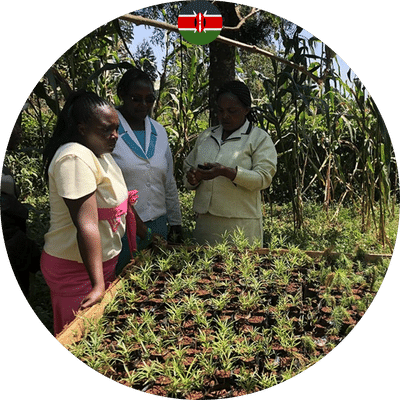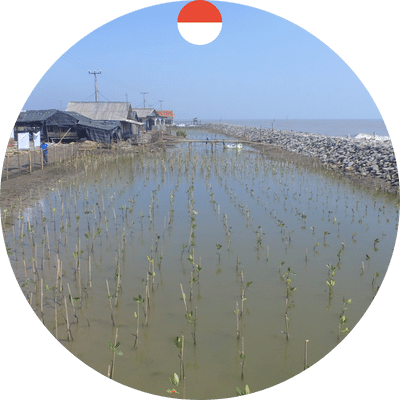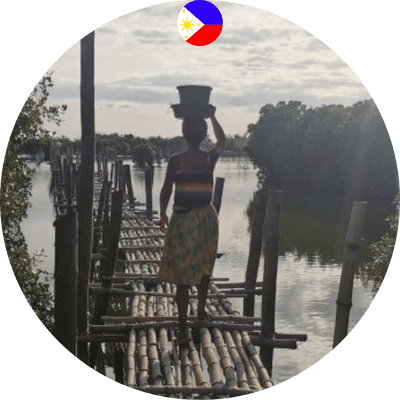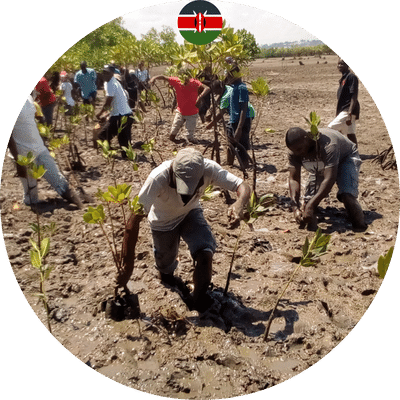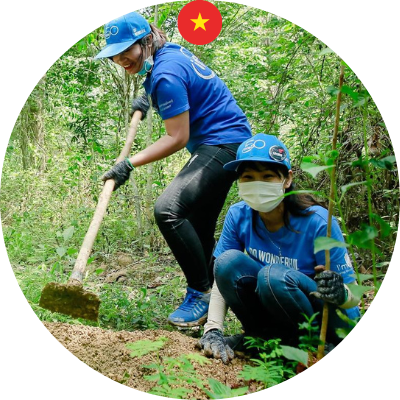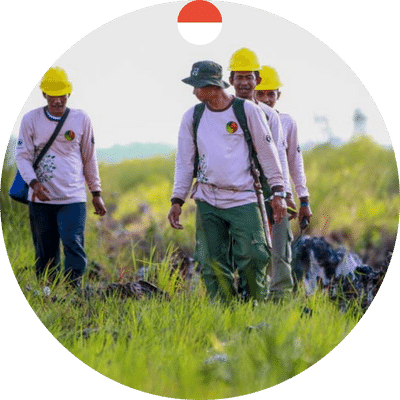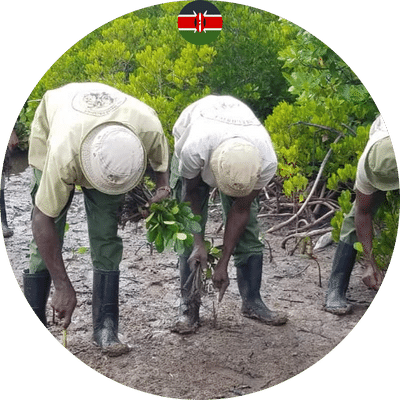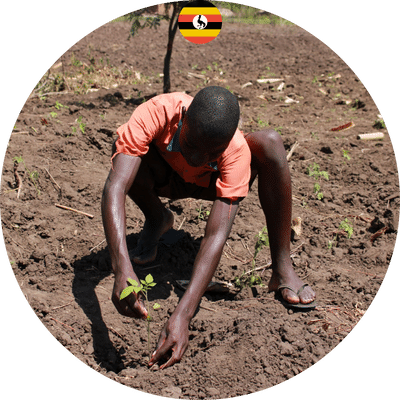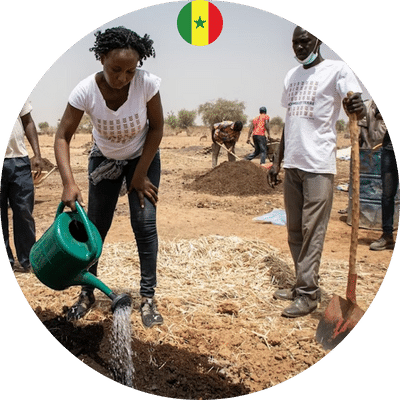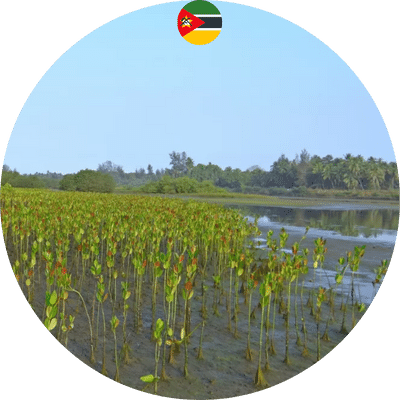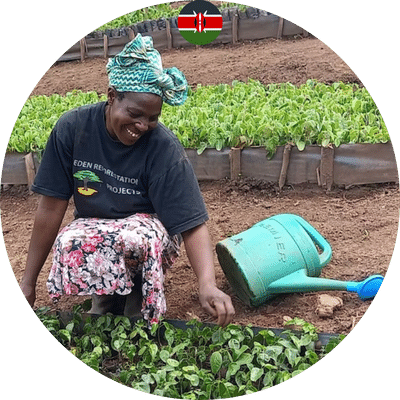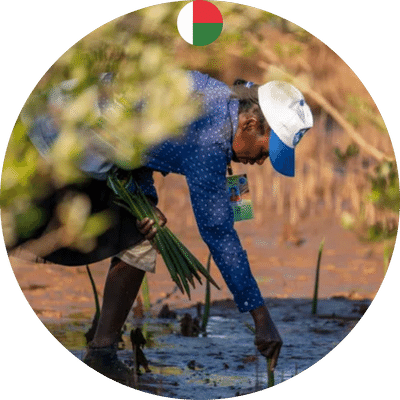Planting Mangroves in Mozambique
Project location
Mozambique is located on the east coast of Africa, with 2,500 kilometers of coastline along the Indian Ocean toward Madagascar.
Approximately 68% of Mozambique’s 31 million inhabitants reside in vast rural areas, and the population is relatively young, with about 66% of the country’s population being under the age of 24. Mozambique historically featured extensive river estuaries with mangroves and forests, but the country’s forests have largely been decimated and destroyed due to intensive logging for firewood and charcoal production.
In recent years, parts of northern Mozambique have been affected by ongoing extremist threats. Conflicts and unrest have led to the displacement of thousands of local Mozambicans. These persistent conflicts exacerbate existing development challenges, such as access to education and healthcare. The population’s reliance on subsistence agriculture due to these challenges further contributes to environmental degradation.”
Planting partner
This project is managed by Eden Reforestation Projects, a non-profit organization whose mission is to provide fair wages to impoverished villagers as stewards of global reforestation.

Eden always employs local individuals to grow, plant, and nurture the trees funded by our members until they reach maturity. They do this on a large scale. In addition to restoring forest ecosystems, Eden’s ‘Employ to Plant’ methodology yields multiple positive socio-economic and environmental outcomes.
Coastal Mangrove Restoration in Zambezia
The Irregele Milato planting area encompasses 756 hectares in the Quelimane district of Zambezia province, where the local population often relies on fishing, agriculture, and charcoal production for their livelihoods. The need for wood for income and daily use has led to extensive deforestation in the area. Flooding in these deforested areas also causes further damage to the ecosystem and to people’s homes and properties.
Mangroves are small coastal tree species that occur worldwide in the tropics and subtropics and are particularly skilled at absorbing and storing carbon underground in their extensive root systems. Carbon stored in mangrove forests is considered blue carbon because it is stored along the coast. In addition to their excellent carbon storage capacity, mangroves provide excellent protection against floods and storms for the coastal area itself.
Throughout the entire project period, an estimated 6 million mangrove trees will be funded in this planting area. We hope to make a significant contribution to this with the Kuwi.org members. This can help stabilize the soil, absorb carbon, and provide employment for local planters and forest guards.
View the project here on Restor.
Restoration of Coastal Wetlands
Along the edges of coastlines, where land meets the ocean, lie the world’s salt marshes, mangroves, and seagrasses. These coastal wetland ecosystems can be found on every continent except Antarctica.
Wetlands serve as nurseries for fish, feeding areas for migratory birds, a first line of defense against storm surges and floods, and natural filtration systems that improve water quality and replenish aquifers. In proportion to their land area, they also sequester vast amounts of carbon in above-ground plants and in roots and soil below.
Coastal wetlands can store five times as much carbon in the long term as tropical forests, typically in deep waterlogged soils. The soil alone in mangrove forests can contain the equivalent of over two years’ worth of global emissions: 22 billion tons of carbon, much of which would escape if these ecosystems were lost.
Project SDGs
When allocating our members’ funds, we’re committed to aiding in the Sustainable Development Goals set by the United Nations. Below are the SDGs acknowledged for this project.
💡 Click on the Icon to read follow the progress on each SDG.
Photos 📷







